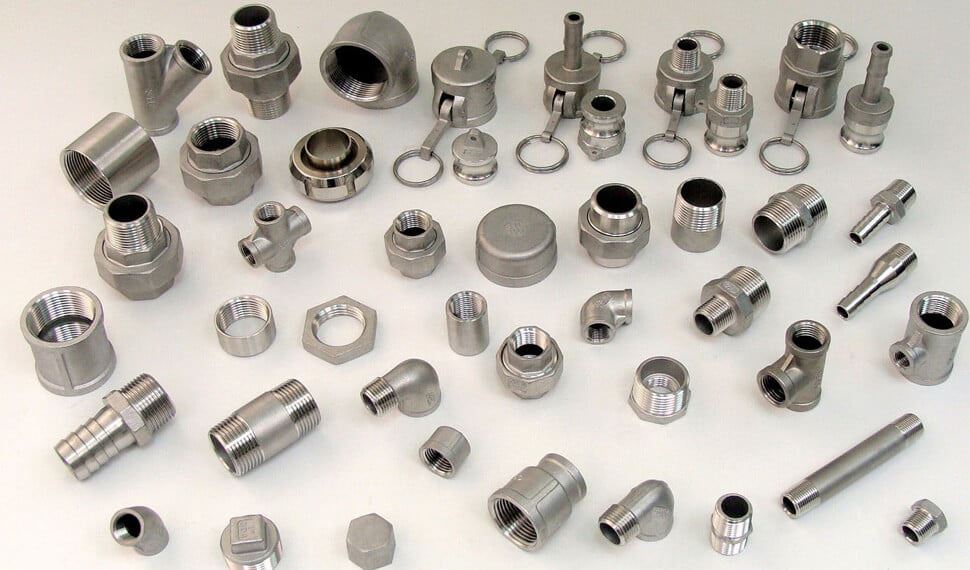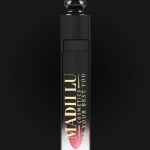Stainless steel forged fittings are essential in various industries, including plumbing, oil and gas, chemical plants, etc. It is a type of fitting that uses a forging process to manipulate the metal into its desired shape, giving it exceptional strength and durability. If you want to learn more about the stainless steel forging process, below is a comprehensive guide to help you understand how to work with stainless steel forged fittings.
What are Stainless Steel Forgings?
Stainless steel forgeries are typically made by utilizing a die, or a set of dies to form the metal into a specific shape through a compressive force. This process is done when the metal is still hot, making it possible to change the grain structure in the material. Stainless steel forged fittings are capable of withstanding high-pressure situations and corrosion. With this, you can expect the fittings to last longer than their casting counterparts.
Choosing the right stainless steel material for your forged fittings is essential. Different alloys affect the properties of the fittings, and selecting the wrong one might not provide the desired results. For example, selecting an alloy with a low-temperature rating might be challenging if you need the fitting for a high-temperature application. Always ensure you know what you’re working on and have identified the material you need for the fitting.
How do you choose Right Stainless Steel Forged Fittings?
Shaping the Forged Fittings
Forged fittings come in different shapes and sizes, depending on their intended applications. You’ll need special machines to handle the pressure generated during the forge to shape your forged fittings. Some processes can deform the metal significantly, requiring different techniques to restore the original shape. A good machinist will help you choose the right machine and guide you on the best practices to employ when forging your fittings.
Crafting Consistent Fittings
When working with stainless steel forged fittings, maintaining consistency is critical. The process of shaping the metal can sometimes leave rough edges, which, when used in critical applications, can cause many problems. A consistent finishing process can remove these rough edges, ensuring the fitting works as expected. Additionally, conducting a quality check on every fitting made using the forging process is advisable to verify that consistency has been maintained throughout the production process.
Proper Maintenance
Maintenance is crucial to ensuring that your stainless steel forged fittings last longer. Regular inspection of the fittings to establish if any cracks are present or if they’re wearing thin from use is essential. Additionally, the fittings need regular cleaning to remove any contaminants accumulated over time. Always use the recommended cleaning agents, and don’t use anything abrasive that can scratch the surface of the fittings.
Conclusion:
Stainless steel forged fittings are ideal for various industrial applications because of their strength and durability. However, shaping the fittings is crucial in determining their performance and lifespan. You’ll need to choose the right material for the fitting, use the correct machines and finishing techniques, and maintain the fittings regularly. Stainless steel forged fittings are investments; with proper care and maintenance, they can serve you for a long time.


